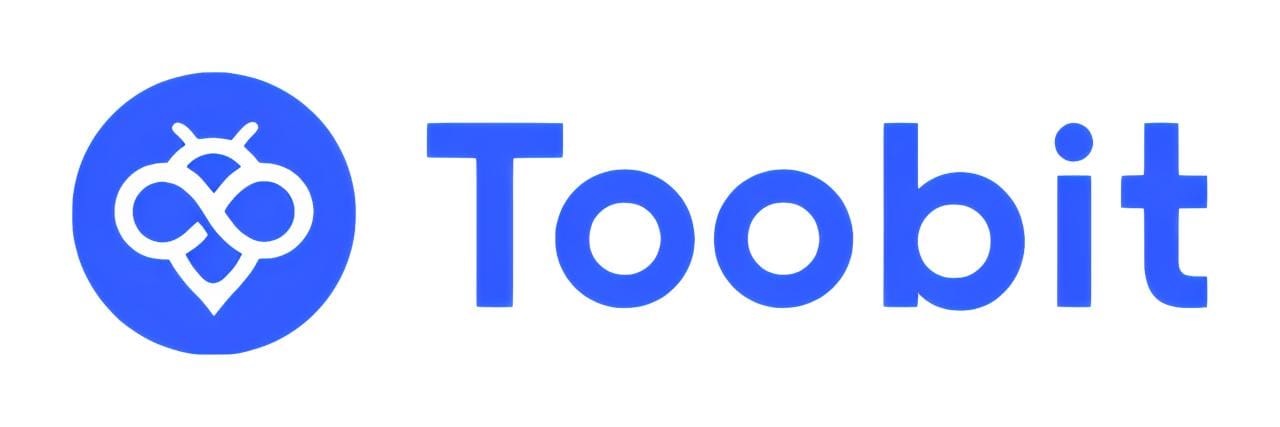Airdrops have become an essential tool for crypto projects aiming to grow their user base, build communities, and distribute tokens. However, one of the biggest challenges with airdrop campaigns is managing the volatility of token prices. When new users receive airdropped tokens, the value of these tokens can fluctuate dramatically, often leading to rapid selling and price instability. This is where stablecoins crypto assets pegged to stable assets like the US Dollar are increasingly being used to stabilize airdrop strategies.
This article explores the impact of stablecoins on airdrop strategies, explaining how projects are using stablecoins to create more sustainable and less volatile airdrop campaigns.
1. Understanding the Role of Stablecoins in Crypto
Stablecoins are cryptocurrencies designed to maintain a stable value, typically pegged to a fiat currency like the US Dollar. Popular stablecoins include USDT (Tether), USDC (USD Coin), and DAI, each aiming to provide price stability in the otherwise volatile crypto market. Stablecoins serve as a bridge between traditional finance and crypto by offering a less volatile asset for transactions, lending, and saving.
The stability of these assets is becoming valuable for airdrop strategies, as it allows projects to distribute tokens without subjecting users to extreme price fluctuations.
2. How Stablecoins Are Being Used in Airdrop Strategies
The use of stablecoins in airdrop strategies is growing, as projects recognize the need for a stable and predictable approach to token distribution. Here are some ways stablecoins are impacting airdrop strategies:
a. Reducing Volatility in Airdrop Rewards
One of the primary benefits of using stablecoins in airdrops is reducing the volatility of rewards. When projects airdrop their native tokens, these tokens often experience significant price swings due to rapid selling by recipients. By distributing stablecoins instead, projects can offer a fixed value, ensuring recipients don’t see their rewards diminish due to market fluctuations.
For instance, instead of giving away a volatile token that may lose value quickly, projects may airdrop USDC or DAI to provide recipients with a stable reward that holds its value over time.
b. Creating Hybrid Airdrop Models
Some projects are experimenting with hybrid airdrop models, where users receive a mix of native tokens and stablecoins. This approach allows recipients to benefit from the potential price growth of the project’s native token while also having the stability of a stablecoin.
For example, a project might airdrop 50% of the reward in its own token and 50% in USDT. This split approach offers users stability and exposure to potential gains, which can reduce the likelihood of immediate selling and enhance user retention.
c. Enhancing User Retention and Engagement
Projects are using stablecoin airdrops to improve user retention by offering rewards that are less likely to be immediately sold. When users receive stable assets, they’re more likely to keep these tokens or reinvest them in other parts of the ecosystem, such as staking, lending, or liquidity pools.
This strategy is especially beneficial in the DeFi space, where users can reinvest stablecoin airdrops back into the project’s platform, such as staking in yield farming pools or using stablecoins for lending and borrowing services. This approach encourages users to stay engaged with the ecosystem.
3. Benefits of Using Stablecoins in Airdrop Strategies
Integrating stablecoins into airdrop strategies offers several advantages for both projects and users. Here are some key benefits:
a. Predictable Token Distribution Value
Stablecoin airdrops provide a predictable reward value for recipients, helping them understand the value of their rewards without concerns about volatility. This predictability builds trust, as users know they’re receiving a consistent value, regardless of market conditions.
b. Lowering Sell Pressure
One of the biggest challenges with airdrops is the immediate sell pressure that occurs when users receive tokens. Many users tend to sell their rewards as soon as they receive them, which can create downward pressure on the token price. By using stablecoins, projects reduce the risk of token dumping, as stable assets are less likely to cause rapid price drops.
c. Attracting a Broader Audience
Stablecoin airdrops appeal to a wider audience, including those who may not be comfortable holding volatile assets. Users who are new to crypto or have a lower risk tolerance may prefer stablecoin rewards, which offer a safer entry point. This approach allows projects to attract users who prioritize stability.
d. Improving Tokenomics
Stablecoin airdrops can have a positive impact on the project’s overall tokenomics by minimizing the inflationary effects of distributing large amounts of native tokens. By giving away stable assets, projects are preserving their token’s scarcity and reducing the likelihood of oversupply, which could hurt token value in the long term.

4. Challenges of Using Stablecoins in Airdrop Strategies
While stablecoins offer clear benefits, they also come with some challenges that projects need to consider:
a. Dependence on Third-Party Stablecoins
Most stablecoins are issued by third-party organizations, like USDC by Circle or USDT by Tether. This reliance means projects are placing trust in external entities, which could present risks if these organizations face regulatory or operational issues.
b. Lack of Native Project Exposure
While stablecoins provide stability, they don’t give users exposure to the project’s native token, which could potentially increase in value. Users who receive only stablecoins miss out on the upside of the project’s growth. Projects need to find a balance between stability and the opportunity for value appreciation.
c. Additional Costs for Projects
Stablecoins, particularly those like USDT and USDC, are typically pegged to real-world assets, which requires issuers to hold reserves. This means that projects may face additional costs when distributing stablecoins, especially if they need to purchase or acquire stable assets to airdrop to users.
5. Examples of Projects Using Stablecoins in Airdrop Strategies
Several projects are pioneering the use of stablecoins in their airdrop strategies, creating more sustainable token distribution models. Here are a few examples:
a. Compound (COMP)
Compound, a well-known DeFi lending platform, has used stablecoin incentives alongside its governance token COMP. By offering users rewards in both COMP and stablecoins, Compound reduces volatility while encouraging long-term engagement in its platform.
b. MakerDAO (DAI)
MakerDAO, the issuer of the DAI stablecoin, frequently airdrops DAI to users who participate in governance or contribute to the ecosystem. By using DAI, MakerDAO can offer stable rewards, allowing users to reinvest within the DeFi ecosystem without worrying about price fluctuations.
c. Uniswap (UNI)
While Uniswap primarily rewards users with its native token UNI, it has also explored stablecoin incentives to encourage liquidity provision. The addition of stablecoins to its reward structure has allowed Uniswap to stabilize user engagement, particularly in volatile market conditions.
6. Future Trends: Stablecoins and Airdrop Strategies
As the crypto industry evolves, stablecoins in airdrop strategies will likely play a larger role in helping projects manage token distribution more effectively. Here are some anticipated trends:
a. Hybrid Stablecoin and Native Token Airdrops
More projects are expected to adopt hybrid models that combine stablecoins with native tokens, offering users both stability and growth potential. This balance can improve user retention and attract a wider audience.
b. Stablecoin Airdrops in Emerging Markets
With the rising interest in crypto in regions with unstable local currencies, projects may start using stablecoin airdrops to appeal to users in emerging markets. Stable assets are particularly attractive in areas with high inflation, as they provide a hedge against devaluation.
c. Stablecoin-Backed Airdrop Pools
DeFi platforms may also start creating stablecoin-backed airdrop pools, where users can earn stable rewards while participating in governance or liquidity provision. These pools provide an additional layer of security and help projects build long-term relationships with users.
Conclusion
The impact of stablecoins on airdrop strategies is clear: they provide stability, attract a broader user base, and help projects maintain consistent token distribution. By integrating stable assets, projects can manage volatility, reduce sell pressure, and create a more reliable airdrop experience for users.
As the crypto landscape matures, stablecoins are likely to become a central component of airdrop strategies, particularly for projects focused on sustainable growth and user retention. For users and projects alike, understanding the role of stablecoins in airdrop strategies can offer a path to a more stable and rewarding crypto ecosystem.
For more insights on stablecoin use and crypto airdrop strategies, visit our Crypto Airdrop Guides.
Stay Updated
For the latest updates on airdrop strategies and stablecoins, follow us on:
Stay informed with the latest crypto insights at FreeCoins24.io.
Special Offer
Ready to trade tokens from airdrops? Sign up on Bybit today and enjoy up to $30,000 in deposit bonuses! Trade confidently on a top crypto platform.

















